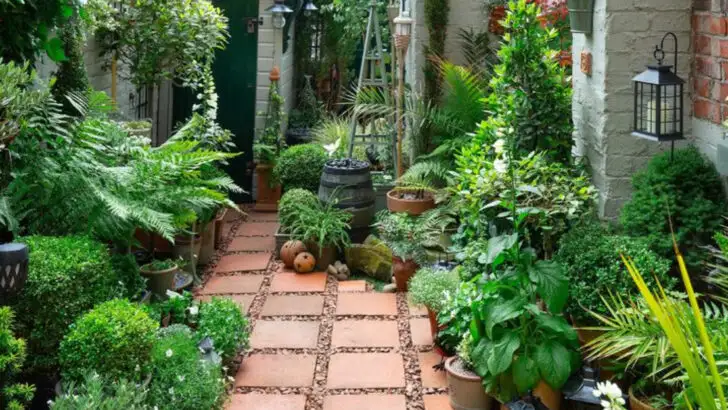Trends come and go—but your garden shouldn’t pay the price. As gardening becomes more popular across the U.S., so do quick fixes, viral ideas, and expensive solutions that seem smart now… but may not hold up long-term.
According to horticulturists, landscapers, and even soil scientists, many popular gardening choices of today are setting people up for headaches—from diseased soil and invasive species to wasted money on plants that simply don’t last.
This article is a forward-thinking look at what might not age well. If you’re building a garden that lasts—for productivity, sustainability, and cost-efficiency—here’s what to avoid before it’s too late.
Synthetic Turf Lawns
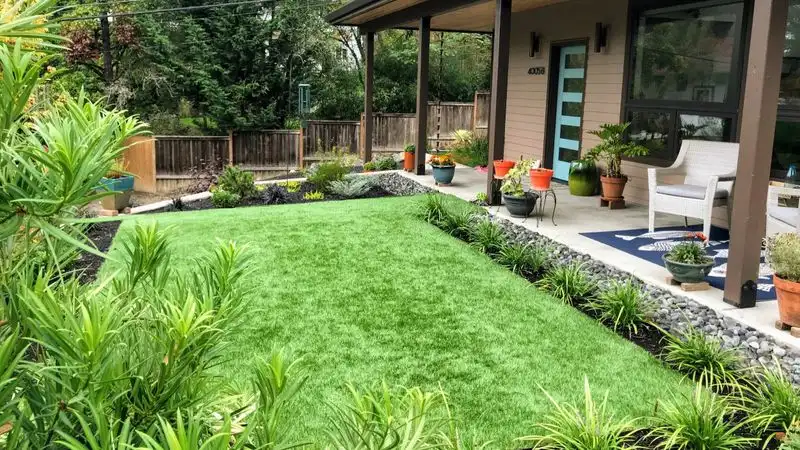
Once hailed as the ultimate low-maintenance solution, artificial grass is starting to lose its appeal. While it stays green all year round, synthetic turf doesn’t support biodiversity. Insects and birds find no sustenance, leading to a sterile environment. Water runoff issues also emerge, as these lawns lack the natural absorption of real grass. The initial draw of less mowing and watering fades when considering the ecological impact. Furthermore, synthetic turf can become uncomfortably hot in summer, discouraging use. As awareness of these drawbacks grows, more gardeners may regret replacing their natural grass with plastic alternatives.
Invasive Exotic Plants
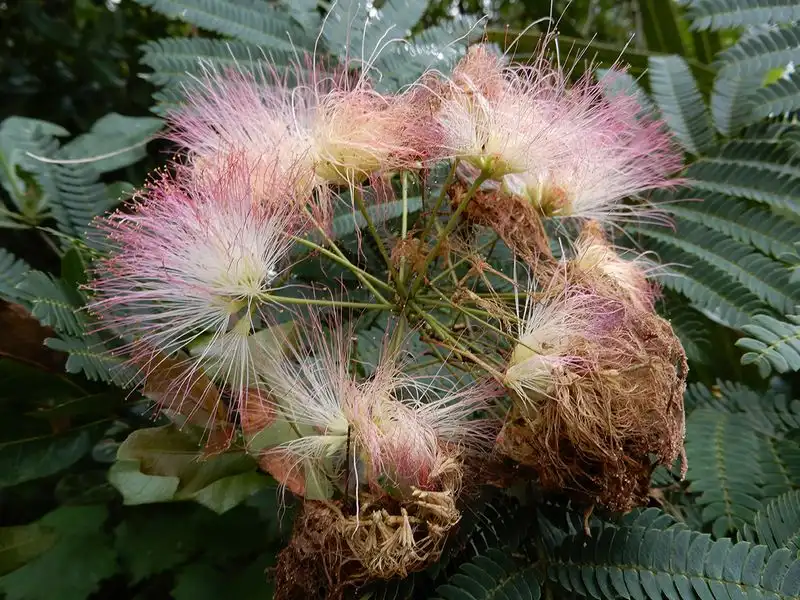
Exotic plants can add unique beauty to a garden, but they often come with hidden costs. Many exotic species grow aggressively, outcompeting native flora. This disrupts local ecosystems, leading to a loss of biodiversity. As these plants spread beyond gardens, they can invade natural habitats, causing ecological damage. Gardeners may find themselves constantly battling to keep these plants in check. The initial allure quickly diminishes when considering the long-term environmental impact. Experts suggest carefully researching plant choices to avoid unintentional harm to local ecosystems and future regret.
Monochrome Gardens
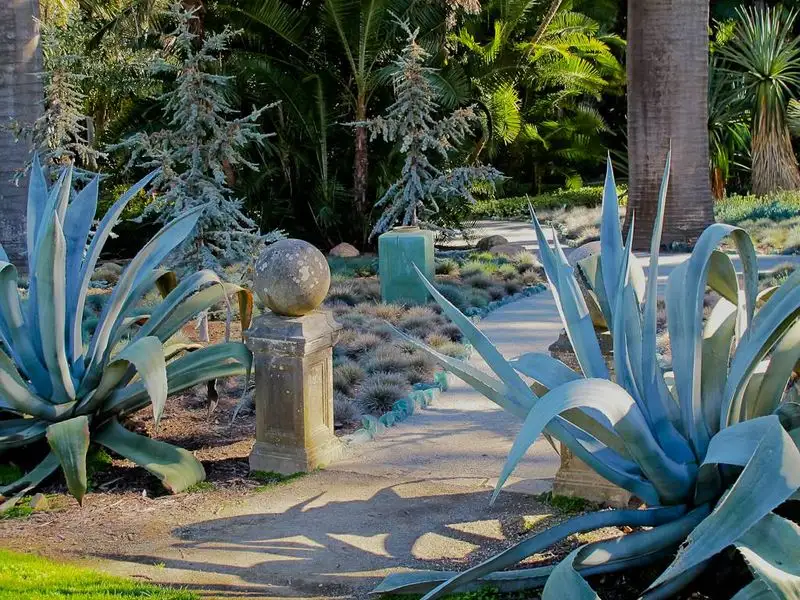
The minimalist beauty of monochrome gardens is undeniable, yet the lack of color variety can lead to a dull landscape. Gardens thrive on diversity, and a single color palette can quickly become monotonous. Over time, the absence of vibrant hues may feel uninspiring. Colors play a crucial role in attracting pollinators, thus a monochrome garden might miss out on the lively buzz of bees and butterflies. While initially captivating, such gardens might not hold long-term satisfaction. Embracing a broader color spectrum could prevent future gardening regrets.
Overuse of Pesticides
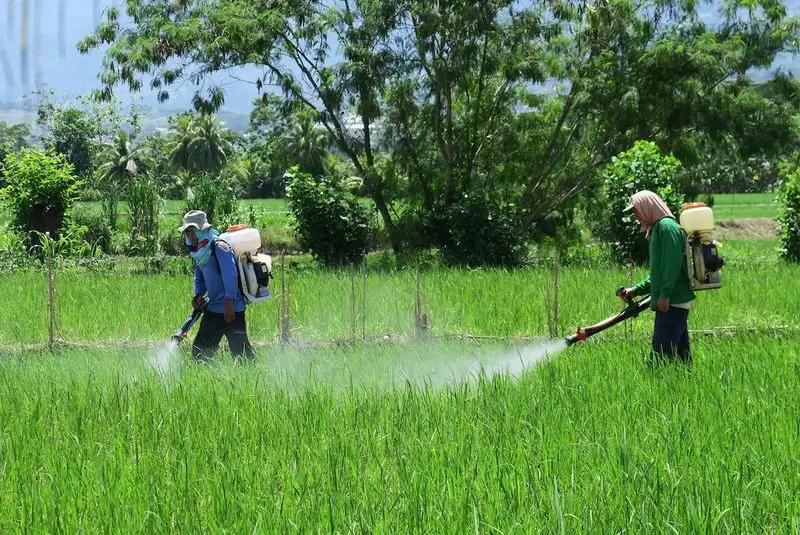
Pesticides promise quick pest control, but excessive use can have serious repercussions. Over time, pests develop resistance, requiring even more chemicals for control. This cycle can lead to soil degradation and harm beneficial insects. Additionally, pesticide residues can affect human health and contaminate water sources. The initial convenience of spraying pests away often leads to bigger problems, as gardeners find themselves trapped in a chemical dependency. Opting for more sustainable pest management practices could prevent a host of regrets down the road.
Concrete Gardens
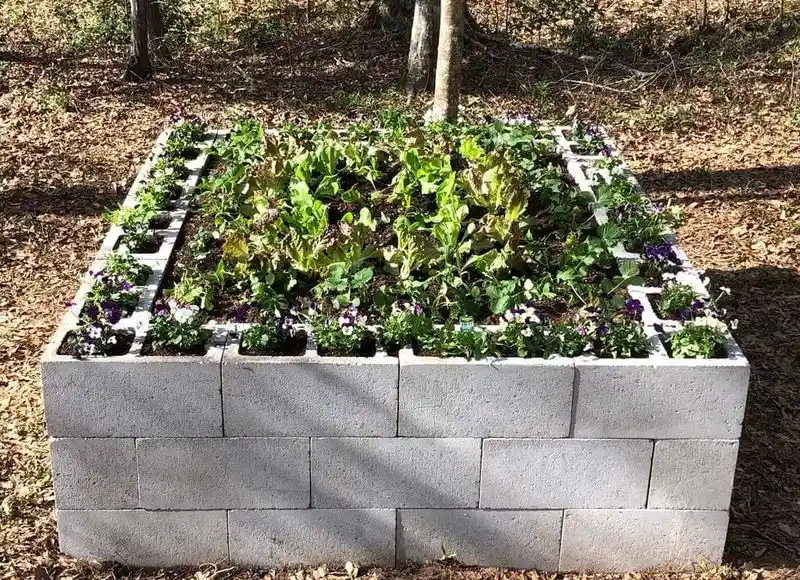
Urban spaces often gravitate towards concrete gardens for their sleek appearance and low upkeep. However, they can become heat traps, exacerbating the urban heat island effect. The lack of green space limits biodiversity and reduces the calming effects of nature. Over time, the starkness of concrete can feel cold and uninviting. As cities face increasing temperatures, the drawbacks of concrete-heavy landscapes become more apparent. Incorporating more natural elements and greenery can offer more sustainable and enjoyable urban gardening options.
Vertical Gardens with Poor Planning
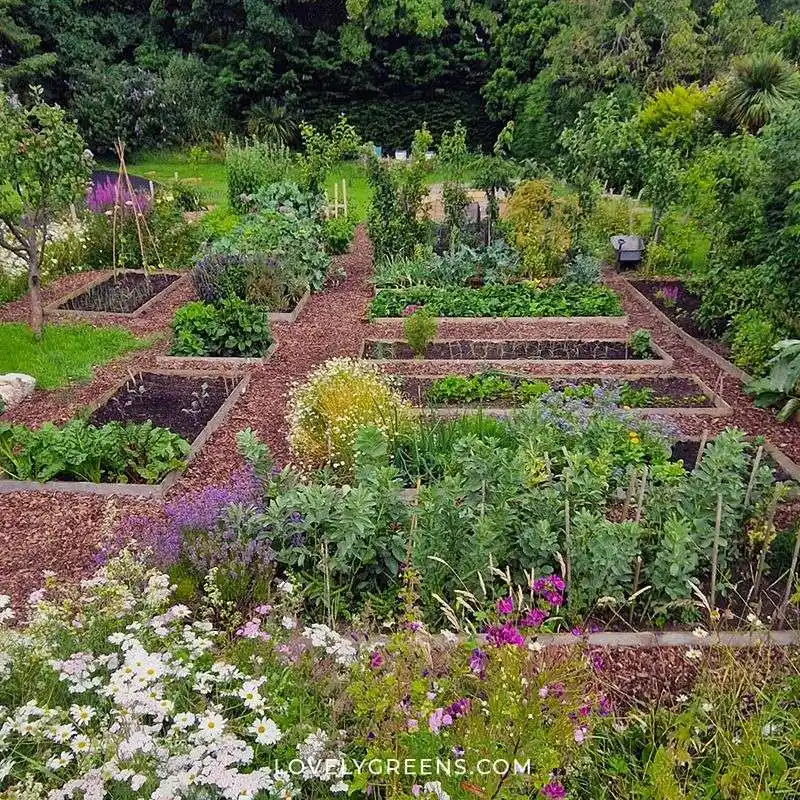
Vertical gardens have gained popularity for maximizing space, but poor planning can lead to disappointing results. Without proper plant selection and structural support, these gardens can become unruly and hard to maintain. Inconsistent watering systems often lead to patchy growth. What starts as an innovative solution can quickly turn into a maintenance nightmare. Thorough planning and understanding of the plants’ needs are essential for a thriving vertical garden. Neglecting these aspects might leave gardeners wishing they had opted for more traditional setups.
Excessive Topiary
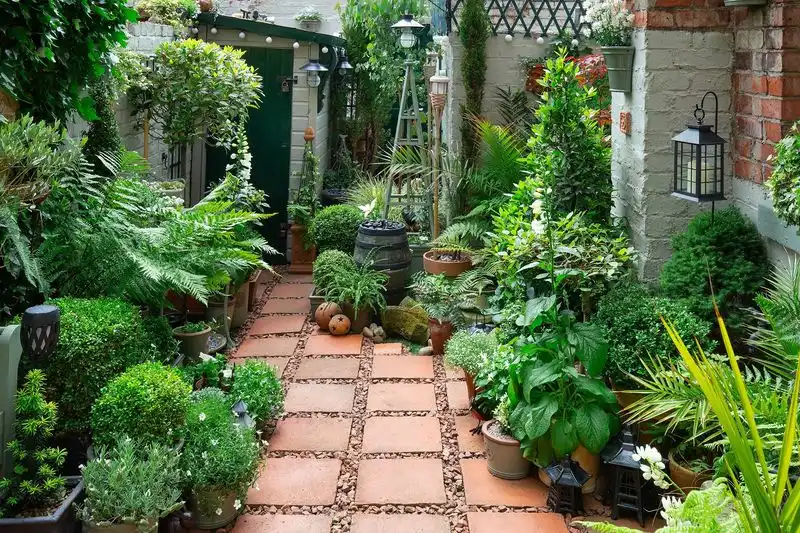
Topiary art transforms shrubs into living sculptures, but the upkeep can be overwhelming. Constant trimming is required to maintain the desired shapes, leading to a high-maintenance garden. The novelty of owning a topiary garden can quickly wear off as the work piles up. Failure to keep up with maintenance can result in overgrown, unattractive bushes. While initially impressive, the labor-intensive nature of topiary might not suit all gardeners. Considering the time and effort required can prevent future regret.
Uncontained Water Features
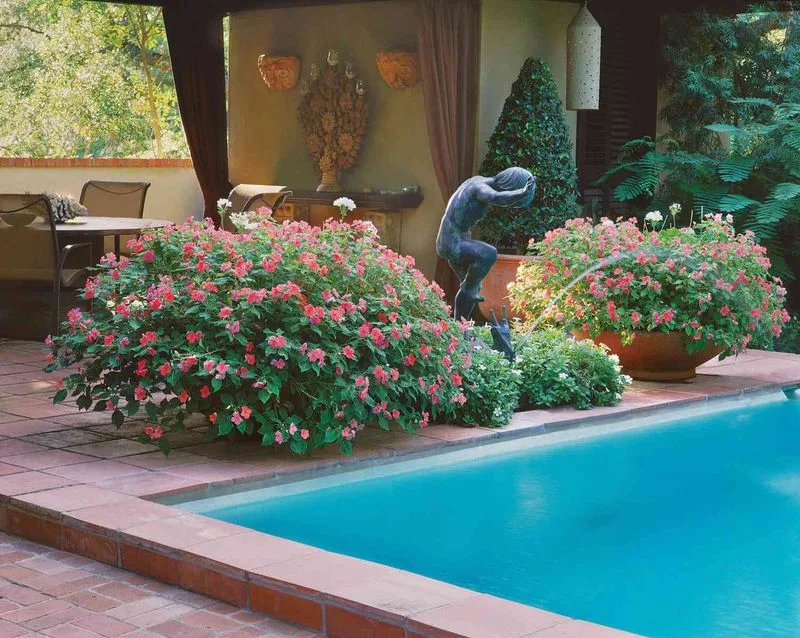
Water features add tranquility to gardens, but when poorly managed, they can waste water and cause damage. Leaks and overflows are common problems, leading to soggy soil and plant damage. Over time, the novelty of a water feature can be overshadowed by maintenance headaches. Ensuring proper installation and regular upkeep is crucial for enjoying a water feature without regret. Gardeners might find themselves rethinking these additions if they become more trouble than they’re worth due to constant repairs and water wastage.
Gravel Replacing Greenery
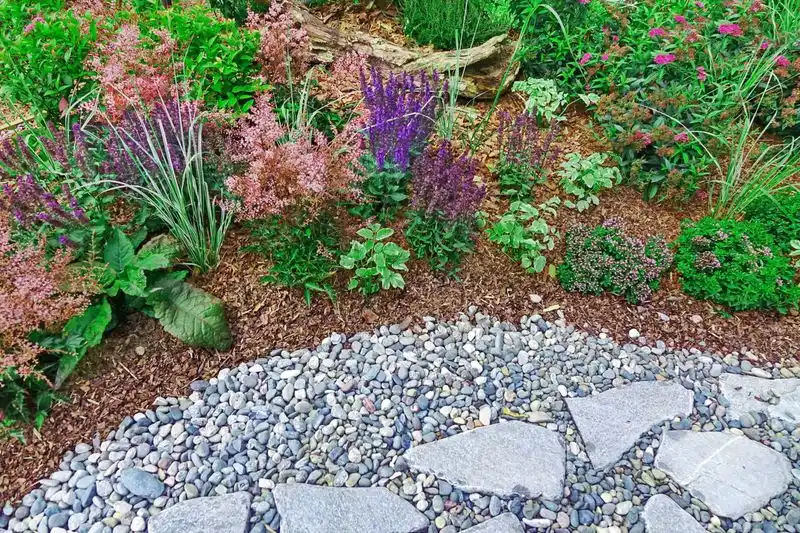
Gravel gardens offer a low-maintenance alternative to grassy lawns, but they can feel barren over time. While initially appealing for those seeking minimal upkeep, the lack of greenery can make a garden feel lifeless. Gravel doesn’t support biodiversity or provide the cooling benefits of plants. As environmental awareness grows, gravel’s ecological drawbacks become more pronounced. Homeowners may find themselves missing the vibrancy of a living landscape. Exploring options that balance ease of maintenance with ecological benefits may prevent long-term regret.
Single Crop Planting
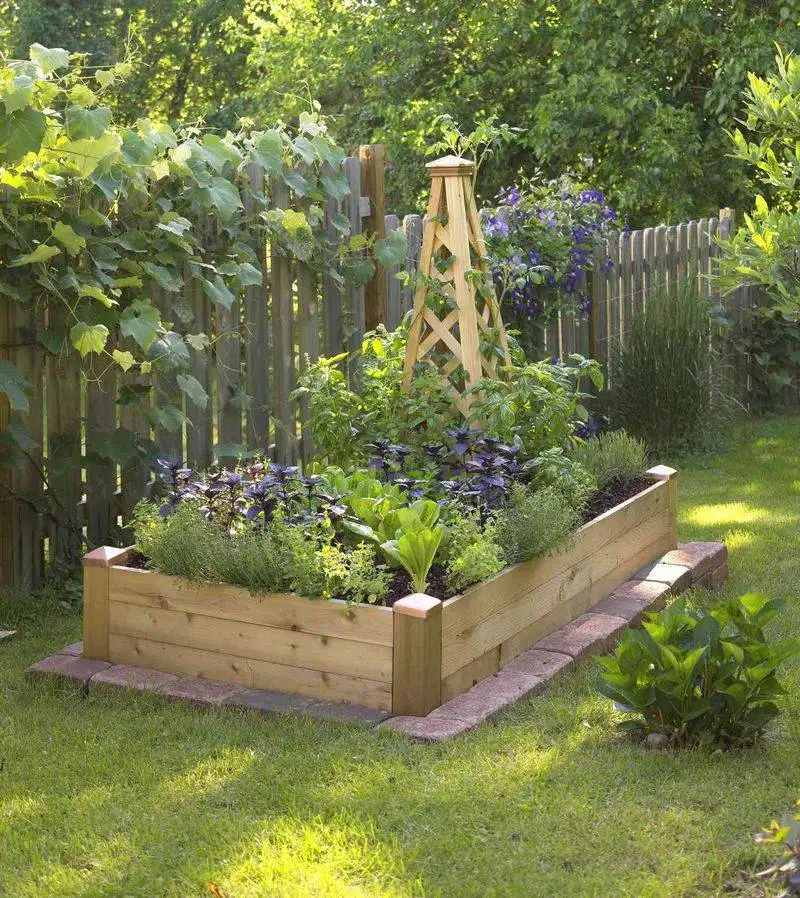
Monoculture gardening, where a single crop is grown, can lead to significant problems. This practice often depletes soil nutrients and increases vulnerability to pests and diseases. While it may simplify planting and harvesting, the lack of diversity can result in higher chemical use for pest control. Soil health deteriorates over time, leading to diminished crop yields. The initial efficiency might not outweigh the long-term consequences. Diversifying crops is a more sustainable approach, promoting soil health and reducing dependency on chemical inputs.
Plastic Plant Containers
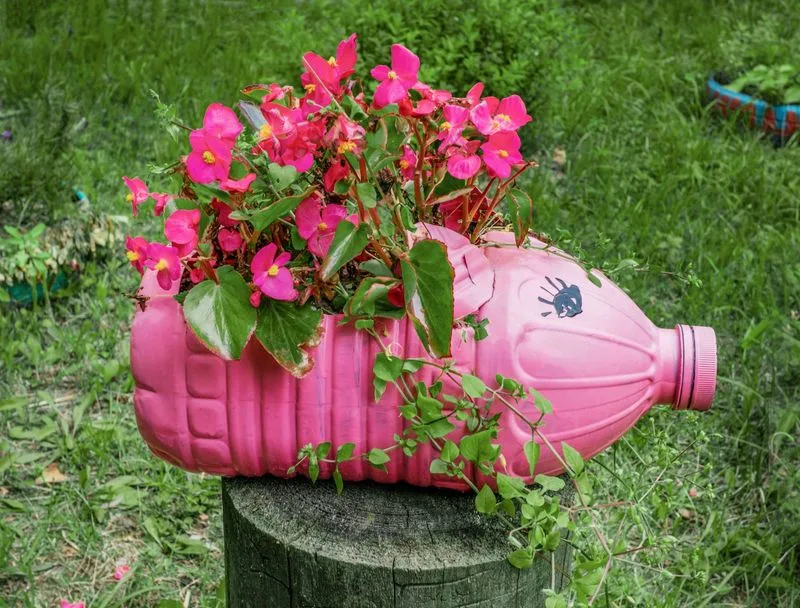
Plastic pots are affordable and lightweight, but their environmental impact is concerning. These containers contribute to plastic waste and often aren’t recyclable. Over time, they can break down and release harmful chemicals into the soil. The low cost initially attracts many gardeners, but the realization of their environmental footprint can lead to regret. Opting for biodegradable or recycled materials can mitigate these issues. While convenient, reevaluating container choices could align gardening practices with eco-friendly values.
Overcrowded Gardens
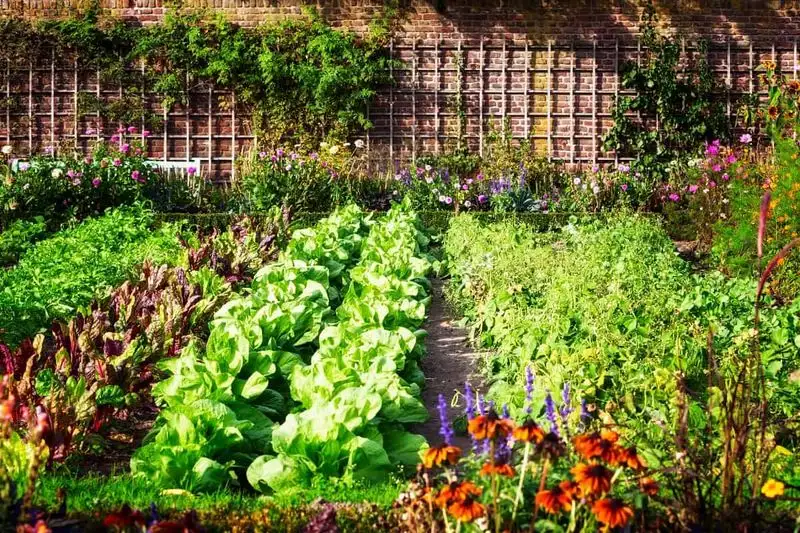
Cramming too many plants into a garden space can lead to several issues. Poor air circulation fosters disease, and plants compete for nutrients and sunlight, stunting growth. While a full garden might seem lush, the drawbacks often outweigh the benefits. Gardeners may find themselves dealing with frequent plant diseases and reduced yields. Proper spacing is critical to achieving a harmonious garden environment. The initial desire for a densely packed garden might give way to frustration as maintenance challenges mount.
Synthetic Fertilizers Overuse
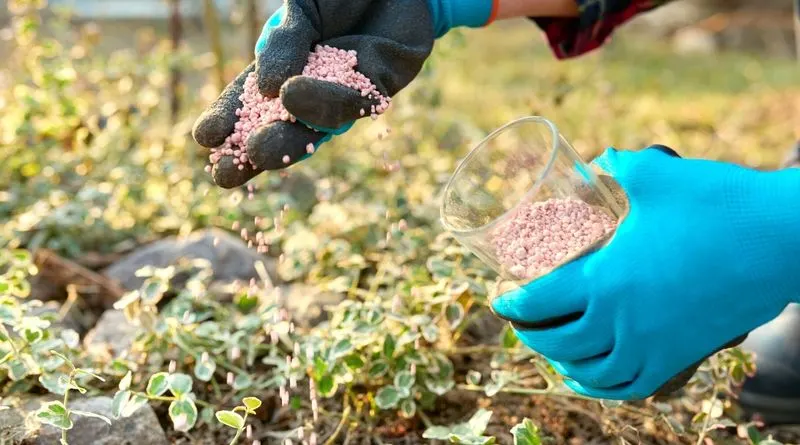
Synthetic fertilizers provide a quick nutrient boost, but overuse can harm the environment. Excessive application leads to nutrient runoff into waterways, causing pollution. Soil health can degrade over time, as these fertilizers often lack the organic matter needed to sustain it. The immediate benefits of lush growth may be overshadowed by long-term ecological harm. Gardeners might reconsider their reliance on synthetic options in favor of more sustainable, organic practices that nurture the soil and environment.
Excessive Use of Garden Ornaments
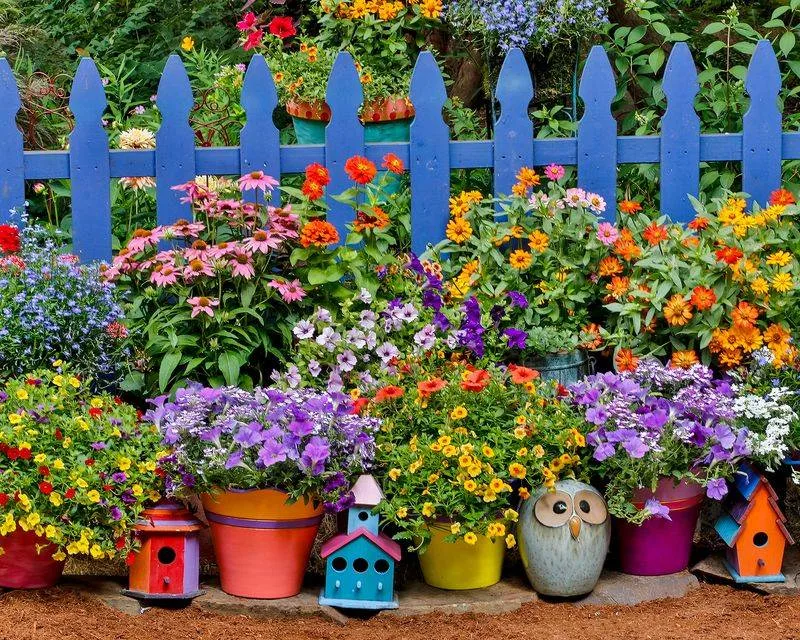
Decorative garden ornaments can add charm, but too many create visual clutter. The garden’s natural beauty can be overshadowed by an excess of trinkets. Over time, this can lead to a chaotic and uninviting space. Initially, the idea of personalizing a garden with ornaments seems appealing, yet restraint is key to maintaining harmony. Gardeners may find themselves removing items to restore balance and cohesion. Choosing quality over quantity in garden decor could ensure a more timeless and satisfying outdoor space.
Neglecting Native Plants
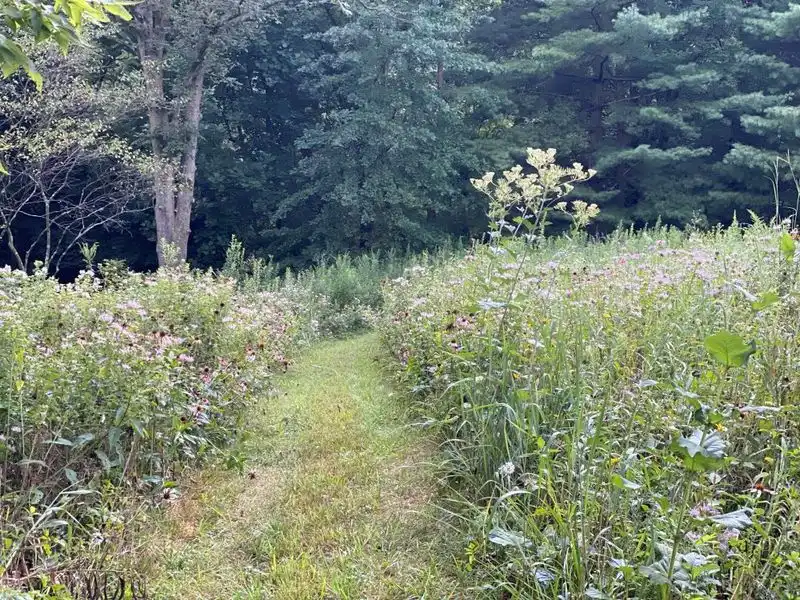
Native plants are adapted to local climates and support local wildlife, yet they are often overlooked. Exotic plants may offer temporary novelty, but they require more resources to thrive. Neglecting native flora can lead to increased maintenance and less resilient gardens. As awareness of sustainability grows, gardeners might regret not embracing native options. These plants foster biodiversity and require less water and care. Integrating native species can create a thriving, low-maintenance garden that supports the local ecosystem.
Mismatched Garden Styles
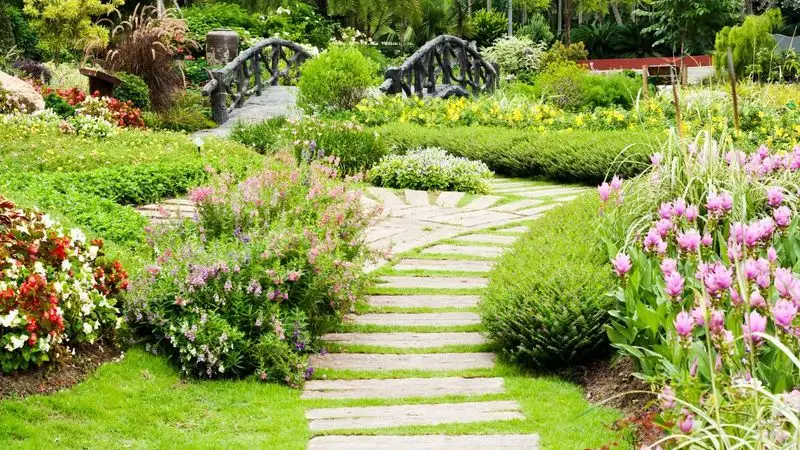
Combining different garden styles can lead to a disjointed appearance. While mixing elements might seem creative, it often results in a lack of cohesion. Over time, the garden’s aesthetic appeal diminishes as clashing styles compete for attention. Consistent design principles are essential for a harmonious landscape. The initial excitement of experimenting with various styles can lead to regret as the garden feels chaotic. Thoughtful planning and design can prevent style mismatches and foster a more unified and pleasing outdoor space.
Short-Lived Trend Plants
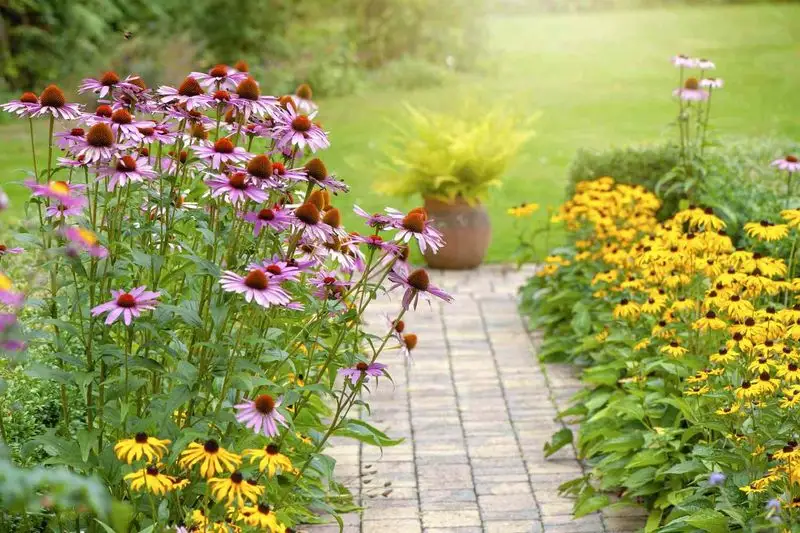
Trend plants often capture attention for their unique appearance, yet they might not thrive long-term. These plants are sometimes ill-suited for local climates, requiring extra care. As the trend fades, gardeners might find themselves with high-maintenance plants that fail to flourish. The fleeting appeal can result in disappointment, as these plants rarely become lasting garden staples. Choosing plants based on adaptability and longevity rather than trends can create a more enduring and gratifying garden experience.

